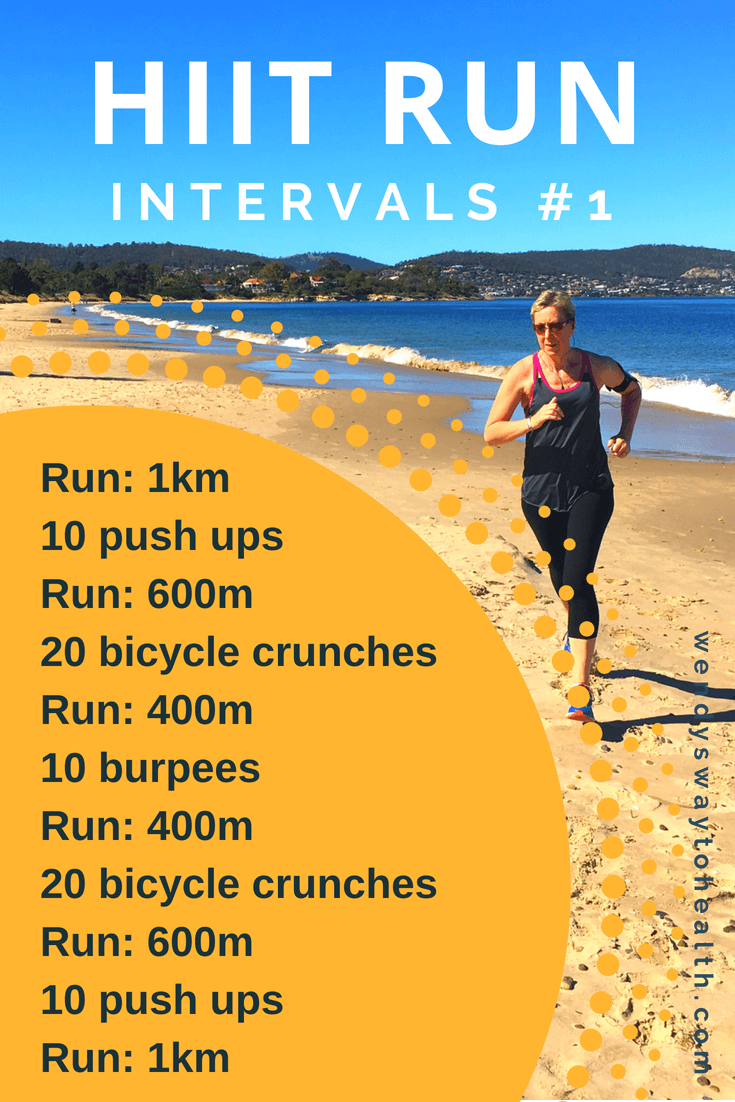Elevate Your Running Strategy with Proven Techniques
Elevate Your Running Strategy with Proven Techniques
Blog Article
How to avoid and Manage Discomfort in Running: Specialist Tips and Advice
As joggers, we frequently find ourselves caught between the enjoyment of pushing our physical boundaries and the discomfort that can accompany it. The search of that runner's high can in some cases be prevented by the undesirable buddy of discomfort. Whether you are an experienced marathoner or a beginner striking the pavement for the first time, the nagging existence of pain and discomfort is a common measure. There exist proven techniques and skilled suggestions that can aid alleviate and manage these pains, allowing you to concentrate on the joy of running itself.
Value of Correct Footwear
Correct shoes plays an essential function in preventing and handling discomfort for runners, as it significantly influences their convenience, efficiency, and overall foot wellness. When it involves running, wearing the right shoes can make all the distinction. Uncomfortable or inappropriate footwear can result in a host of problems such as sores, shin splints, plantar fasciitis, and a lot more extreme injuries like anxiety cracks.
Picking the correct operating shoes includes considering elements such as foot type, stride auto mechanics, running surface, and personal choices. Runners with high arches may require even more cushioning and support, while those with level feet might take advantage of security shoes. Additionally, understanding pronation (the internal rolling of the foot) and supination (the external rolling of the foot) can assist in selecting footwear that offer the ideal level of arch assistance.
Purchasing top quality operating shoes that are suitable for your individual needs can aid protect against discomfort and discomfort while boosting your running experience. Prioritizing proper shoes is not just concerning efficiency but also concerning guarding your foot health and wellness in the future.

Effective Warm-up Methods
A vibrant workout routine before a run assists increase blood flow to the muscles, boosts versatility, and boosts the range of activity of the joints. Dynamic extends like leg swings, high knees, and hip circles are advantageous in preparing the body for the physical needs of running.
Along with dynamic stretches, integrating some light cardio workouts such as jogging or avoiding rope can further elevate the heart price and heat up the body. This mix of vibrant stretching and light cardio helps loosen tight muscles, lube the joints, and mentally prepares the jogger for the upcoming workout (running strategy). By making warm-ups a constant component of your running routine, you can substantially lower the danger of injuries and do at your best throughout each run
Trick Stretching Exercises
When planning for a run, including crucial stretching workouts is important to improve muscular tissue adaptability and prevent injuries - look at this now Read More. Dynamic stretches such as leg swings, high knees, and hip circles are beneficial for warming up the muscle mass and increasing variety of activity prior to a run. These activities aid enhance blood flow, loosen tight muscular tissues, and prepare the body for the activity ahead
Fixed stretches like calf bone stretches, hamstring stretches, and quadriceps stretches need to comply with a run to assist in muscular tissue healing and avoid tightness. Holding each stretch for 15-30 seconds allows the muscle mass to kick back and elongate, decreasing the danger of post-run discomfort and potential injuries.
Furthermore, incorporating yoga poses like descending pet dog, pigeon posture, and spine spins can target several muscle groups all at once, promoting overall adaptability and strength. Consistent stretching routines not just boost performance but additionally assist in preserving good running type and avoiding overuse injuries. Remember, correct extending techniques are important for a safe and satisfying running experience.
Healing and Rest Techniques
After completing a run, applying effective recuperation and rest techniques is necessary for making the most of efficiency and reducing the risk of injuries. One critical facet of healing is enabling the body time to relax and repair itself. Adequate sleep is critical as it is during rest that muscles recover and expand more powerful. In addition, incorporating day of rest into your training timetable is essential to avoid overuse injuries and fatigue.
Active recovery techniques such as gentle extending, foam rolling, and yoga exercise can aid enhance flow, reduce muscular tissue soreness, and improve versatility. It is also helpful to focus on hydration and nutrition post-run to replenish electrolytes, glycogen stores, and advertise muscle mass healing.
Cross-training tasks like swimming or biking can offer a break from the repeated influence of running while still keeping cardio physical fitness - running strategy. Listening to your body and recognizing when it requires a break is essential to avoiding chronic injuries and making sure long-lasting running success. Keep in mind, remainder is not an indicator of weakness however an essential part of an all-around training routine
Cross-Training Perks

It enables you to function on various aspects of health and fitness that may not be targeted entirely through running, leading to a much more balanced and well-rounded athlete. In addition, cross-training can assist improve running effectiveness by resolving muscle imbalances and weak points that might impede performance.
Final Thought
To conclude, proper shoes, workout techniques, stretching workouts, recuperation techniques, and cross-training are vital elements in avoiding and taking care of discomfort in running. By incorporating these methods right into your routine, you can lessen the risk of injury and discomfort while taking full advantage of performance and satisfaction of the sporting activity. Read More. Keep in mind to listen to your body, prioritize rest and healing, and seek expert advice when needed to ensure a safe and reliable running experience
Report this page